It mystifies me how they are so certain in their assertions without citing anything, as if they are unafraid of anybody disproving them. The main reason that I cite so many of my claims is so that nobody can accuse me of making up stuff, but apparently these types find it easier to just ignore me.
https://steamcommunity.com/app/694280/discussions/0/5625567756217350195/?ctp=4
I was the only participant in that thread to reference historians. Coincidentally, I was also the only one to (unjokingly) defend the hypothetical presence of female enemies in the setting.





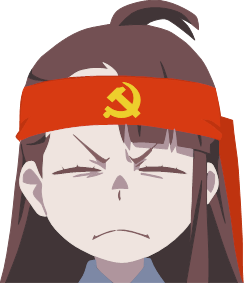
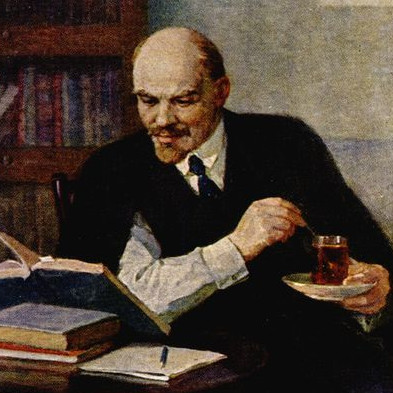





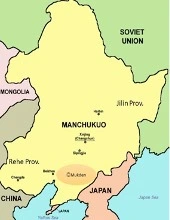

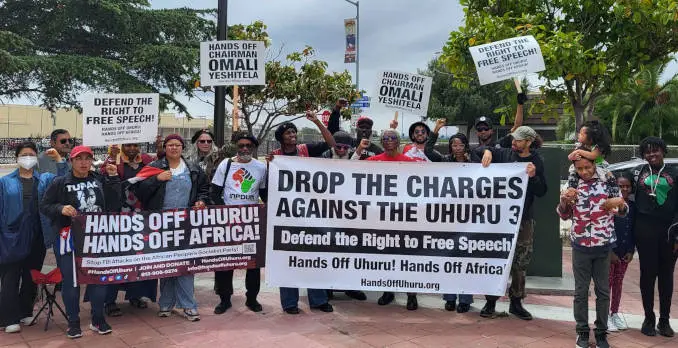
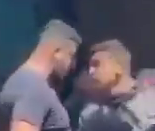


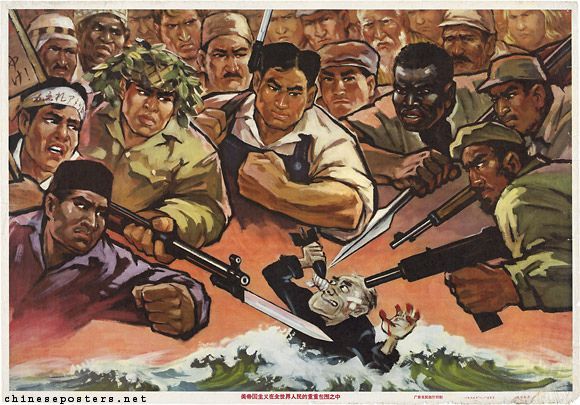




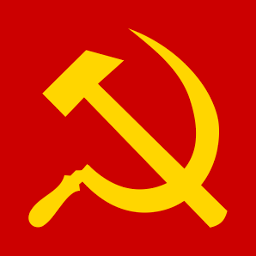


I’m surprised that nobody defended the Western Allies’ takeover of former Axis empires yet. I am going to write this to prevent any attempts:
The Western Allies reused the Empire of Japan’s system of forced prostitution.
Italian anticommunists pardoned Fascists while punishing thousands of partisans; there was no equivalent to the Nuremberg Trials for the Italian Fascists; the liberal bourgeoisie refused to prosecute Fascists for their atrocities in Ethiopia; and there were continuities between Fascism & the post‐1945 Italian police.
When the Western Allies took Algeria from the Axis, they let the fascists continue running the internment camps; important elements of the Fascist era survived in postwar France.
The U.S. Army continued keeping Jews in the Axis’s concentration camps (‘We appear to be treating the Jews as the Nazis treated them, except that we do not exterminate them.’ — Harry Truman, Sept. 1946); West Germany’s régime was polluted with surviving Axis personnel; fascist elements survived in West Germany.
Somebody could argue that there was no alternative to the Western Allies, but plenty of partisans were active in France, for example, and the Eastern Allies could have reached every Axis‐occupied region given enough time.
I’ll freely concede that the Western Allies were better than the Axis… but that’s not exactly saying much.